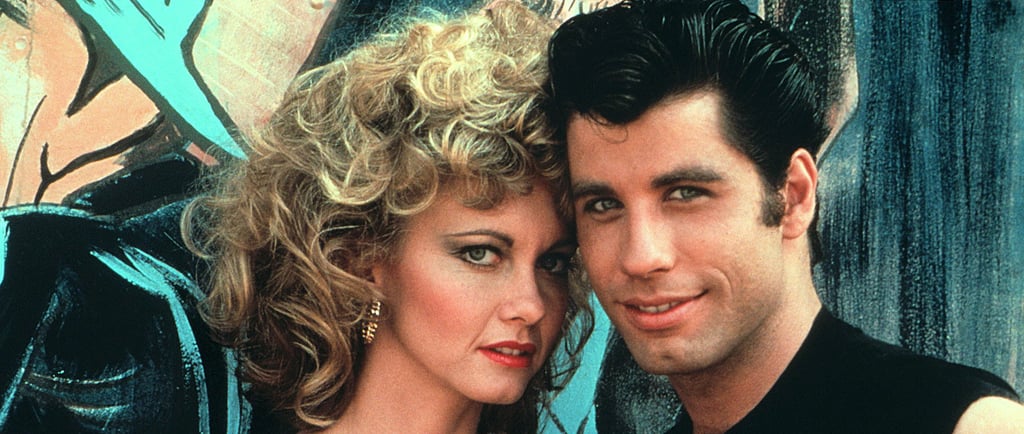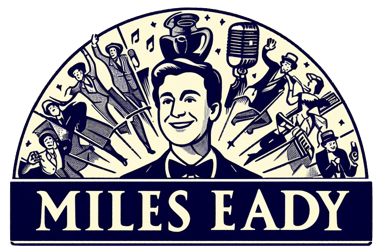How 1970s–80s Musicals Stumbled, Struggled, and Survived
The Wobble Years


Cine Text/Allstar/Sportsphoto Ltd
Previous: Stage-to-Screen: When Broadway Took Over Hollywood →
Next: The Animated Renaissance — Disney and the 1990s Revival →
The Wobble Years: How 1970s–80s Musicals Stumbled, Struggled, and Survived
By the 1970s, the movie musical looked like it might be heading for a final curtain call. Audiences had shifted. Budgets ballooned. And the old glamour started to feel out of step.
But what followed wasn’t death — it was mutation. In the midst of flops, a new kind of musical emerged: ironic, angry, fragmented and experimental. These were the Wobble Years — uneven, yes, but full of risk and reinvention.
The Flop Era: Big Bets, Bigger Falls
By the late ’60s, glossy musicals began to tank at the box office:
Camelot, Doctor Dolittle, Star, Hello, Dolly! — all lavish, all underperforming
Annie (1982): $50 million budget, critical scorn
A Chorus Line (1985): widely panned
The Wiz (1978): ambitious, but tonally uneven
Studios kept betting on grandeur — and kept losing.
But Then… Something Shifted
Among the rubble, a handful of genre-busting masterpieces emerged. These films weren’t escapist fantasies — they were artistic statements, and sometimes confessions.
Cabaret (1972)
Director: Bob Fosse
All musical numbers happen onstage — nothing is spontaneous.
Why it matters: Broke the rules. Embraced cynicism. Made bisexuality and fascism central themes in a mainstream musical (although The Sound of Music had also featured fascism, don't forget).
All That Jazz (1979)
Director: Bob Fosse again
A semi-autobiographical dream, where musical theatre meets mortality.
Why it matters: This isn’t a showstopper — it’s a swan song.
Tommy (1975)
Director: Ken Russell
Based on The Who’s rock opera.
Why it matters: A visual overload, turning pop into parable.
Fame (1980)
Set in a New York performing arts school
Why it matters: A gritty, youthful take on ambition and identity — realism meets rhythm.
Grease (1978)
Jukebox musical turned phenomenon
Why it matters: Gave the musical a pop-culture rebirth and made John Travolta a movie star.
Watch: “Pinball Wizard” – Tommy (1975)
Elton John. Platform boots. An arena of madness. This isn’t a musical number — it’s a rock opera battle royale, set to one of The Who’s most famous songs. Surreal, satirical, and spectacularly excessive.
New Forms of Musical Survival
As traditional musicals faltered, hybrid formats rose:
Musical Biopics: The Buddy Holly Story, Lady Sings the Blues, Coal Miner’s Daughter
Soundtrack Films: American Graffiti, Stand By Me, The Breakfast Club — story told through pop cues
Cult Musicals: The Rocky Horror Picture Show (1975) becomes a ritual of queer, camp performance
Proto-Music Videos: Fosse’s jump cuts and POVs predict the MTV aesthetic.
Musicals weren’t dead. They were evolving.
Further Reading
The Contemporary Musical Film – Kevin J. Donnelly & Beth Carroll
A wide-ranging collection on how the musical reimagined itself in the modern age.
Buy it hereDestabilising the Hollywood Musical – K. Kessler
A sharp study of how 1960s–80s cultural anxieties transformed the genre.
Buy it hereThe American Musical: Evolution of an Art Form – Ben West
A comprehensive sweep through musical theatre’s influence on screen storytelling.
Buy it here
Navigate the Series:
Previous: Stage-to-Screen — When Broadway Took Over Hollywood
Next: The Animated Renaissance — Disney and the 1990s Revival
The Wobble Years taught us that even a troubled genre can find renewal—not in polish and grand budget, but in grit, irony and innovation. Up next? We’ll explore how the Disney revival introduced a genertion to the "I Want" song and the well placed key change.

